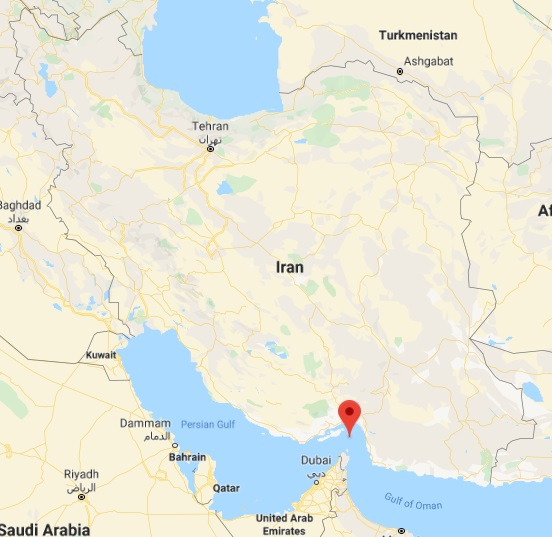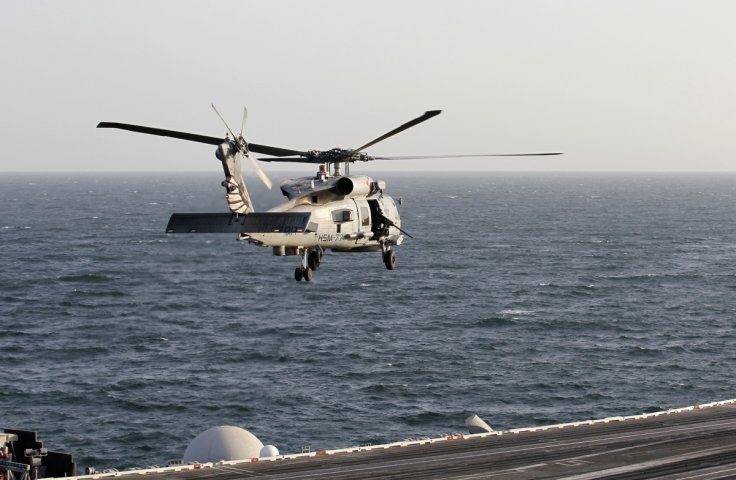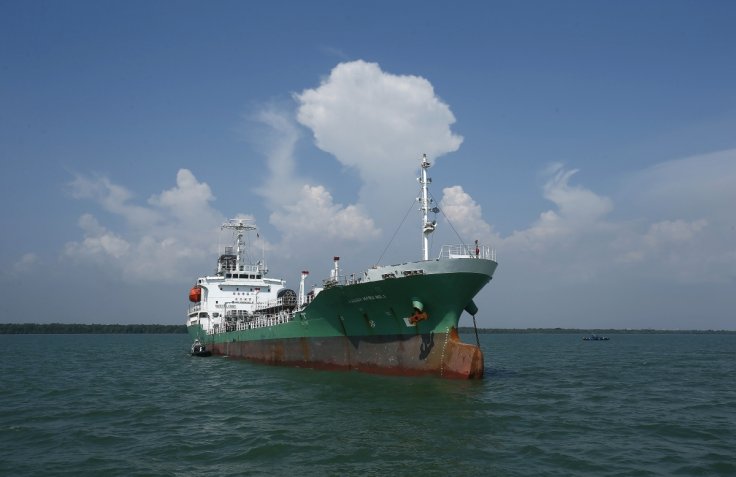The US Navy has said it foiled an Iranian attempt to capture two oil tankers in the Strait of Hormuz. An Iranian navy vessel opened fire at the commercial ships on Wednesday, the US Navy said.
The shots were fired during the Iranian navy vessel's second seizure attempt, US Navy Fifth Fleet spokesperson Timothy Hawkins. The official said there were no casualties or major damage from the incident.

"The Iranian navy did make attempts to seize commercial tankers lawfully transiting international waters ... The US Navy responded immediately and prevented those seizures," Hawkins said, according to DW.
According to NBC News, the Iranian forces tried to board and seize an oil tanker and seize it in the strategic Strait of Hormuz but the US Navy moved the destroyer USS McFaul to the area. Following this the Iranian Navy vessel left the scene, the report said.

One of the oil tankers that came under the attack was a Bahamas-flagged and Greek-owned ship. The crude oil tanker under the US management was transiting from the United Arab Emirates to Singapore, according to maritime intelligence service Ambrey. The other tanker targeted by the Iranians was Marshall Islands-flagged tanker 'TRF Moss'.

"I couldn't be prouder of the entire [U.S. Naval Forces Central Command] team, especially the exceptional effort by the McFaul crew, for immediately responding and preventing another seizure .... We remain vigilant and ready to protect navigational rights in these critical waters," said Vice Admiral Brad Cooper, commander of US Naval Forces Central Command.









